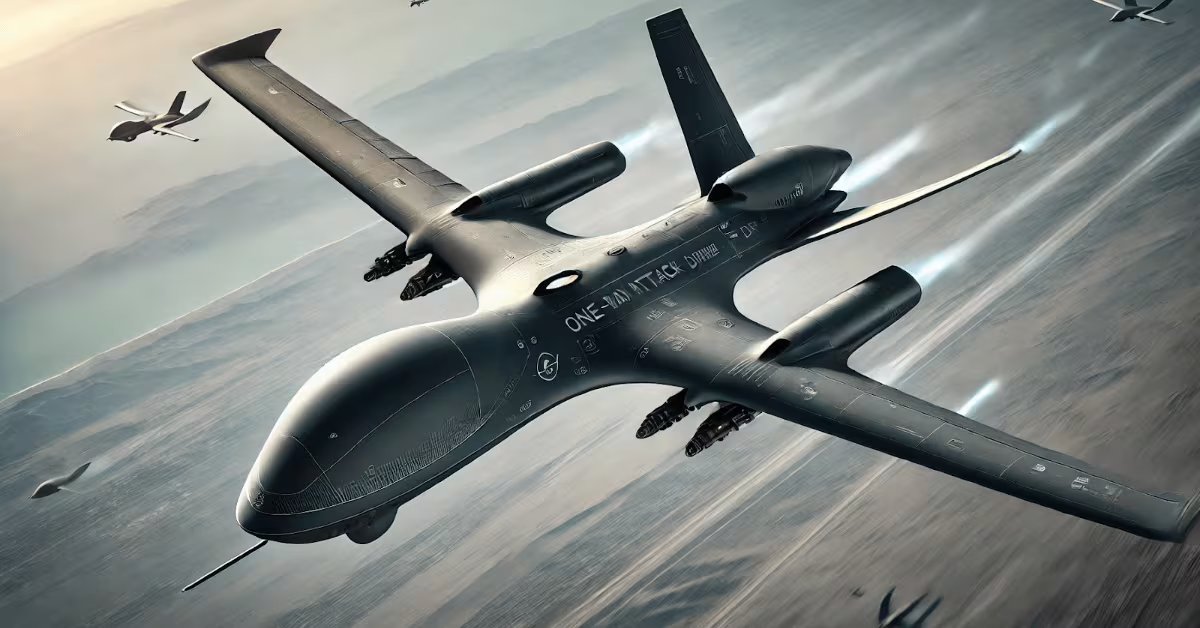The military attaché of a major European power once marveled privately at the Defense Department's methodical approach to publishing strategy documents. There's the National Defense Strategy, the National Military Strategy, the Quadrennial Defense Review and many more. Together, they offer something of a 30,000-foot snapshot of America's thinking in defense matters at any given time.
"It's all right there," the attaché said, "for everyone to see."
Some of that is about to change, as the impending National Military Strategy, produced by the senior uniformed leadership of the department, will return to being a classified document, following a period of publicly available installments since the late 1990s.
The move will probably be lauded by Washington's defense intelligentsia, where the prevalent opinion seems to be that meaningfulness can only be ascribed to documents kept from public inspection.
It goes without saying, of course, that certain information must be kept secret. But, one could argue, there is good reason to keep the big-picture stuff, where broad contexts and big ideas are presented – however lofty and inconsequential they may seem to the initiated – accessible for everyone.
That is especially the case for the new military strategy, which was the topic of a talk given at last week's AUSA conference by Gen. Joseph Dunford, the chairman of the Joint Chiefs of Staff. One key theme, his speech suggested, is articulating a military stance on a problem epitomized by Russia's annexation of Crimea from Ukraine in 2014: Sorting out, exactly, what is a peace-like situation anymore and what is war – or rather, let's say, war-ish.
Dunford seems to be particularly concerned about two war-like scenarios happening at the same time, initiated by any of the "4+1" actors, namely Russia, China, Iran, North Korea and the phenomenon of terrorism.
The reason for returning to a classified NMS is "to frame these problems I just spoke about and provide a framework within which we can integrate the joint force from the very beginning," Dunford said.
A spokesman for the Joint Staff said a classified document would "make it more difficult for adversaries to develop counter-strategies and also enable the Chairman to give best military advice to the President and Secretary of Defense."
It would be foolish to argue that giving away the nitty-gritty of force development to America's would-be enemies is a good idea. But there are plenty of other avenues to sort through those particulars.
What should not be lost is that openly communicating America's top-level military and security interests to the world is a vehicle for reassuring allies and deterring those that need deterring. In that context, keeping under wraps the Pentagon's new definition of war and peace may not be such a good idea.
Admittedly, none of this may matter much in the end anyway.
There's a running joke amid defense strategists that most of their predictions will turn out to be wrong. But, they argue, it makes sense to keep trying.
Still, reverting a key US strategy document to classified status, however insignificant and meaningless the step may ultimately turn out to be in practical terms, has a symbolism to it, both for an international audience and a domestic one.
Argues Steven Aftergood, an open-government advocate at the Federation of American Scientists: "In my opinion, DoD should continue to provide the public with at least as much strategy-related information as in the past, and preferably more."
Sebastian Sprenger is associate editor for Europe at Defense News, reporting on the state of the defense market in the region, and on U.S.-Europe cooperation and multi-national investments in defense and global security. Previously he served as managing editor for Defense News. He is based in Cologne, Germany.








